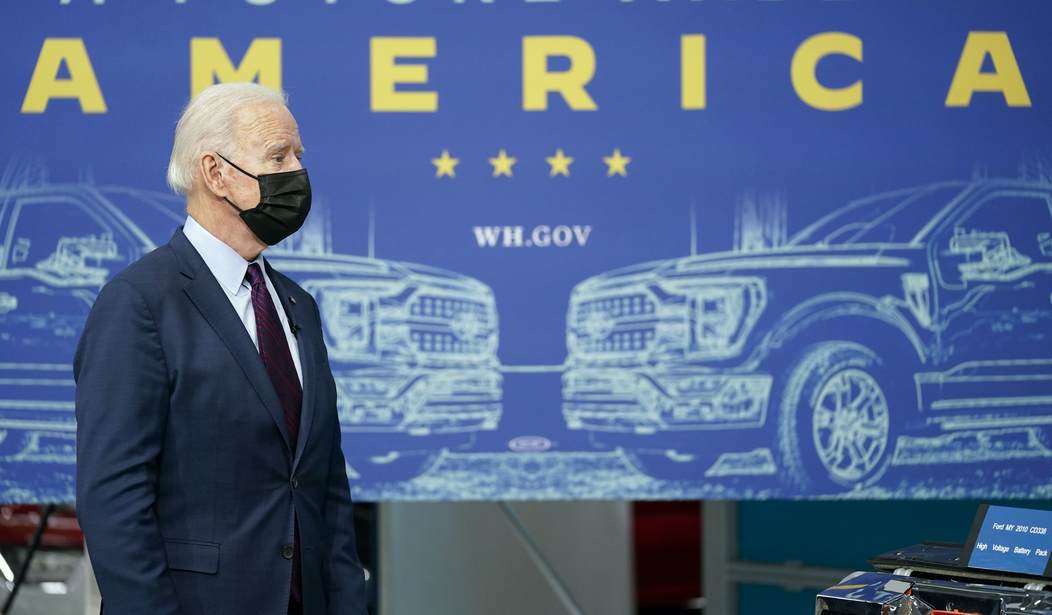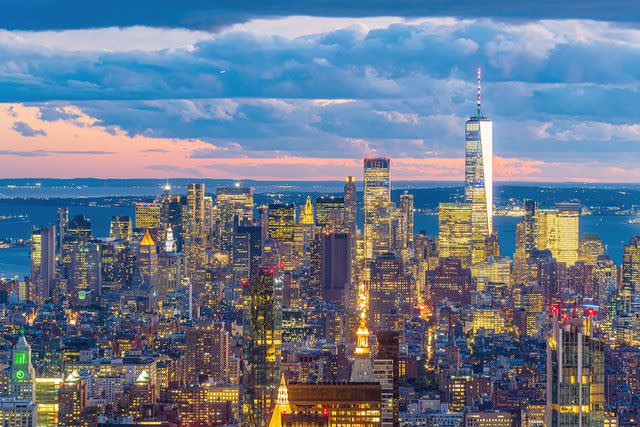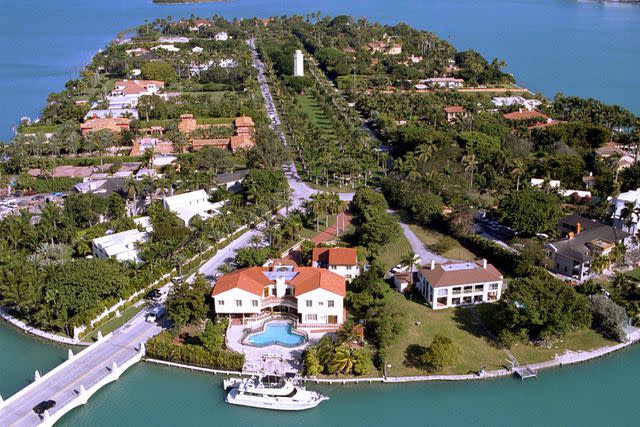ACCOUNTING IS CRUCIAL FOR YOUR BUSINESS REPORTING
There are many reasons why businesses fail, but many failures can be attributed to poor financial management. Financial health is the bedrock of any successful business, and effective bookkeeping lies at the core of strong financial management. Bookkeeping is often seen as a tedious administrative task, but in reality, it’s the backbone of any successful business. Effective bookkeeping not only ensures compliance with legal and tax regulations but also provides invaluable insights into a business’s financial health, enabling informed decision-making. So, the question begs to be asked: is your bookkeeping truly helping your business, or is it holding you back?

The Costs of Poor Bookkeeping
We all know driving blindfolded would be a bad idea. You will not be able to see the road ahead, how fast you are going, or even what direction you are headed. Similarly, operating a business without meticulous bookkeeping is akin to driving blindfolded. This can cost you in multiple ways:
- Inaccurate Financial Reporting – Inaccurate financial reporting is arguably the most significant consequence of poor bookkeeping practices. Without a clear understanding of a business’s financial position, you risk making uninformed decisions that could jeopardize your company’s long-term viability. Incorrect financial statements can also lead to legal and tax issues, resulting in costly penalties and fines.
- Inefficient Cash Flow Management – Cash flow is the lifeblood of any business, and effective bookkeeping is crucial for managing it efficiently. Poor bookkeeping practices can lead to missed invoices, late payments, and a lack of visibility into your company’s cash position. This, in turn, can result in missed opportunities for reinvestment, slow growth, and even bankruptcy.
- Missed Tax Deadlines and Penalties – Failing to keep accurate records of your business’s income, expenses, and deductions can lead to costly tax penalties and missed deadlines. In some cases, poor bookkeeping practices can even result in audits by tax authorities, further compounding the financial and administrative burden on your business.
Clarity and Control: The Power of Informed Decisions
Accurate and current financial records illuminate the path ahead, allowing you to confidently steer your business. Up-to-date books provide the visibility to make informed choices as well as avoid costly detours and wrong turns that could otherwise derail your enterprise’s progress.
The benefits of effective bookkeeping include:
- Improved Financial Visibility and Control – Effective bookkeeping provides a clear and accurate picture of your business’s financial health. With up-to-date financial records, you can quickly assess your company’s performance, identify areas for improvement, and make informed decisions about resource allocation, investment opportunities, and strategic planning.
- Cash Flow Management: This is probably the most important thing that a good bookkeeper can do to improve your business. Understanding your cash flow, and the movement of money in and out of your business is crucial. This allows you to identify potential cash flow issues, take proactive measures to address them, and ensure that your business has sufficient funds to meet its obligations and capitalize on growth opportunities.
- Tax Preparation: At its core, bookkeeping is the meticulous process of recording all financial transactions. This serves as the backbone for effective tax preparation. Organized and accurate bookkeeping records make tax filing a breeze. This saves you time, minimizes the risk of penalties, and ensures you take advantage of all available deductions and credits.
From Chaos to Calm: Streamlining Your Operations
Disorganized bookkeeping breeds chaos and inefficiency. Receipts accumulate in haphazard piles, invoices go missing, and looming deadlines cast an ominous shadow. This disarray not only squanders precious time but also breeds frustration and costly errors. Embracing effective bookkeeping brings order and clarity to your financial operations through:
- Establishing Consistent Processes – Effective bookkeeping begins with establishing consistent processes for recording and categorizing financial transactions. This includes setting up a chart of accounts, documenting bookkeeping procedures, and defining clear roles and responsibilities for those involved in the bookkeeping process.
- Leveraging Professional Expertise – For many small business owners, bookkeeping can be a daunting task, particularly when navigating complex tax regulations and financial reporting requirements. Partnering with a professional bookkeeper or accountant can provide valuable expertise and ensure that your financial records are accurate and compliant.
- Fostering a Culture of Financial Discipline – Ultimately, effective bookkeeping requires a culture of financial discipline within your organization. This means instilling the importance of accurately recording and documenting financial transactions, adhering to established bookkeeping processes, and fostering open communication and collaboration between all stakeholders involved in the bookkeeping process.
Leveraging Technology: From Physical to Digital
Accounting as we know it, double-entry bookkeeping, was invented sometime around 1300-1400 AD for centuries after its invention, people relied upon paper ledgers and handwritten entries. Today, the act of bookkeeping is a lot more digital than physical. Leveraging technology in bookkeeping will allow you to streamline record management, minimize errors, and optimize efficiency. The following are several ways to leverage technology in bookkeeping:
- Cloud-Based Accounting Software – The advent of cloud-based accounting software has revolutionized the way businesses manage their bookkeeping tasks. These platforms offer a range of features, including automated data entry, real-time financial reporting, and secure data storage, making it easier than ever to maintain accurate financial records.
- Mobile Accounting Apps – In today’s fast-paced business environment, the ability to access and update your financial records on the go is invaluable. Mobile accounting apps allow you to capture expenses, track mileage, and even generate invoices from your smartphone or tablet, ensuring that your bookkeeping is always up to date.
- Integration with Other Business Tools – Many modern bookkeeping solutions offer seamless integration with other business tools, such as e-commerce platforms, point-of-sale systems, and payroll software. This integration streamlines data flow, reducing the risk of errors and improving the overall efficiency of your bookkeeping processes.
Drive Business Growth: Recording the Past to Valuable Insights
While maintaining accurate bookkeeping records is essential, it’s only the first step in leveraging financial data to drive business growth. Regular financial reporting and analysis are crucial for extracting valuable insights and making informed decisions that can propel a company forward. Financial reporting involves the preparation and distribution of comprehensive financial statements, including the balance sheet, income statement, and cash flow statement. These reports provide a snapshot of a business’s financial performance over a specific period, allowing the monitoring of key metrics, identification of trends, and the tracking of progress toward financial goals.
- Income Statement Analysis – The income statement is a critical tool for analyzing a business’s profitability. By examining revenue and expense line items, you can identify areas for cost optimization, assess pricing strategies, and evaluate the performance of various product lines or services.
- Balance Sheet Review: The balance sheet provides a comprehensive overview of a business’s assets, liabilities, and equity at a specific point in time. Regular analysis of the balance sheet will help to monitor the company’s financial health, assess liquidity and solvency, and make strategic decisions regarding investments, debt management, and capital allocation.
- Cash Flow Monitoring – Cash flow is the lifeblood of any business, and monitoring the cash flow statement is crucial for ensuring adequate liquidity and avoiding cash flow shortages. By analyzing cash inflows and outflows, you can identify potential cash flow issues, implement strategies to improve collections and optimize your working capital management.
- Key Performance Indicators (KPIs) – In addition to traditional financial statements, it’s essential to track KPIs that are specific to your industry and business objectives. These metrics can range from customer acquisition costs and lifetime value to inventory turnover ratios and employee productivity measures, providing valuable insights into a business’s operational efficiency and growth potential.
Beyond the Numbers: Building Trust and Credibility
Attempting to secure a loan from a bank without financial statements would be futile. Well-maintained financial records are the bedrock upon which trust and credibility with external parties are built. Proper bookkeeping strengthens a business’s standing in the following ways:
- Investor Confidence: Investors rely heavily on accurate financial data to make informed investment decisions. Comprehensive bookkeeping records provide a transparent window into a business’s financial health and stability, enhancing its attractiveness to potential investors.
- Lender Trust: Financial institutions mandate clear, well-organized financial statements when evaluating loan applications. Having meticulous bookkeeping in place demonstrates financial responsibility and increases your chances of securing favorable loan terms.
- Vendor Relationships: Strong bookkeeping practices foster better relationships with vendors and suppliers. Timely payments, facilitated by organized records, showcase your business’s reliability, potentially leading to preferential payment terms or discounts.
Conclusion
Bookkeeping is often perceived as a mundane and tedious task, but its impact on the success of a business cannot be overstated. Effective bookkeeping practices provide the foundation for informed decision-making, efficient cash flow management, and compliance with legal and tax requirements. By embracing technology, establishing consistent processes, and fostering a culture of financial discipline, you can transform your bookkeeping from a burden into a strategic asset that drives your business’s growth and long-term success.




 …
…


























